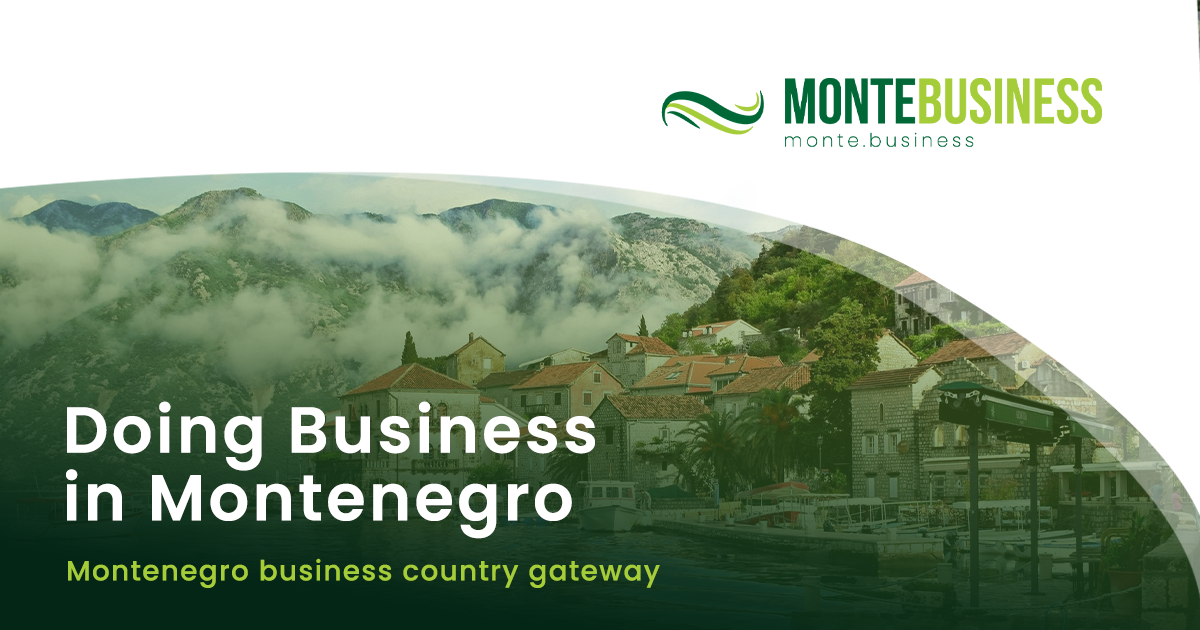Montenegro’s cultural identity is one of the country’s most underrated strategic assets. While real estate, tourism, logistics, and energy dominate investment narratives, the cultural economy—its heritage, arts, creative industries, festivals, crafts, music, and storytelling traditions—constitutes a powerful engine of soft power and economic diversification. As Montenegro moves toward EU membership, the integration of culture into development strategies will become not only a matter of national identity, but a fundamental pillar of the country’s competitiveness in the European market.
The modern economy places increasing value on creativity and cultural uniqueness. Global travelers seek authenticity, not replicas; investors seek lifestyle destinations tied to history and meaning; and international brands align themselves with cultural narratives that evoke emotion and identity. Montenegro, with its millennia of layered history—Roman, Illyrian, Venetian, Slavic, Byzantine, Ottoman—possesses cultural capital that most countries of its size could only envy. The challenge is to transform this heritage into sustainable cultural and creative industries that generate value, preserve identity, and strengthen social cohesion.
Montenegro’s cultural economy is anchored in its heritage sites, many of which remain underdeveloped as economic assets. The UNESCO-protected Bay of Kotor is one of Europe’s most atmospheric historic environments, yet cultural programming is limited compared to its potential. Cetinje, the old royal capital, contains a concentration of museums and historical institutions unmatched in the region, yet requires modernization, restoration, and cultural-tourism activation. Ancient sites such as Stari Bar, Ribnica, Doclea, and Ulcinj’s Old Town form a network of archaeological and architectural heritage that could attract cultural travelers, researchers, creatives, and investors.
EU integration will require Montenegro to adopt stricter heritage protection, digital documentation, restoration techniques, and sustainable tourism planning. These are not bureaucratic burdens; they are foundations for a modern cultural economy. European standards will elevate the quality of restoration projects, attract cultural institutions and international partners, and open access to EU funding for culture—Creative Europe, Horizon Europe (for cultural research and digitization), and the European Regional Development Fund (ERDF) for cultural-infrastructure investments.
The creative industries—film, music, design, architecture, fashion, literature, digital media, gaming, advertising—represent another frontier. Montenegro has shown growing capacity in audio-visual production, hosting international film projects thanks to scenery, costs, and flexible permitting. Yet a structured film incentive program, updated studio facilities, and professional training would enable Montenegro to compete regionally with Croatia, Serbia, and North Macedonia for large-scale productions. With EU accession, Montenegro will be able to join European film financing networks and co-production schemes, greatly expanding opportunities for local creators.
Music and festivals already have a strong presence on the coast. Events in Budva, Tivat, Ulcinj, and Kotor attract regional audiences. However, Montenegro lacks a cohesive national festival strategy that links cultural programming to tourism development. The EU invests heavily in cultural clusters, festival networks, and cross-border cultural exchange. A European-aligned festival ecosystem could transform Montenegro into a year-round cultural destination. Winter festivals in Kotor, jazz events in Podgorica, classical music in Cetinje, film events in Tivat, and heritage festivals in the north could diversify tourism seasonality and elevate Montenegro’s image as a cultural hotspot.
The digital creative sector is also emerging. Designers, animators, illustrators, content creators, architects, and digital marketers form clusters in Podgorica, Tivat, and Budva. Remote work and digital nomadism further expand Montenegro’s potential as a creative-talent destination. But to build a robust creative economy, Montenegro needs cultural incubators, creative hubs, studio spaces, co-working centers, maker labs, and education programs that integrate art, technology, and entrepreneurship. EU alignment can support these investments.
Cultural tourism is Montenegro’s most immediate opportunity. Visitors increasingly seek immersive experiences: hands-on workshops, gastronomy tours, heritage interpretation, storytelling experiences, artisanal demonstrations, and curated cultural routes. Montenegro’s traditional crafts—stone masonry, wood carving, olive-oil production, wine-making, embroidery, metalwork—can anchor experiential tourism. With EU training programs and cultural grants, Montenegro’s craftspeople can scale their businesses, improve marketing, and access European markets.
The cultural economy is also essential for national branding. Countries that succeed in the global imagination—such as Portugal, Croatia, Iceland, and Slovenia—leverage culture to create emotional resonance. Montenegro’s brand must evolve beyond “a little country with beautiful nature” to a deeper narrative that integrates history, creativity, cuisine, art, and identity. EU integration provides platforms for cultural diplomacy, international partnerships, and cultural-brand storytelling at a continental level.
Young people are central to Montenegro’s cultural future. The country’s youth are digitally native, globally connected, and creatively inclined. Many choose careers in design, IT, media, fashion, or music, but lack structured industry ecosystems. EU integration will open mobility opportunities, exchange programs, and educational pathways that strengthen creative skills. The challenge is to avoid brain drain by building a domestic creative sector that offers interesting careers, fair compensation, and international exposure.
Preservation of identity is equally important. As Montenegro aligns with European cultural frameworks, it must protect local traditions, languages, and intangible heritage. EU cultural policy supports minority languages, oral histories, local traditions, and cultural diversity. Montenegro’s multiethnic, multilingual fabric is a cultural strength that must be preserved through modern policy, inclusive education, and community-level cultural programming.
Cultural infrastructure requires modernization. Many museums need upgraded exhibitions, digital content, interactive displays, and visitor services. Heritage sites require better signage, interpretation, accessibility, and integrated visitor routes. Cultural districts in Podgorica, Cetinje, Kotor, and Bar could become creative clusters where art, gastronomy, crafts, and digital creativity intersect. EU funding will be instrumental in such transformations.
In the next decade, Montenegro’s cultural economy could evolve into one of the country’s most dynamic sectors—interconnected with tourism, urban development, education, and the digital economy. But this requires strategy, investment, and coordination. Culture cannot remain a background element; it must become a strategic priority.
Montenegro’s power lies in its stories, its heritage, its creative talent, and its identity. With EU integration accelerating cultural modernization, Montenegro has the chance to position itself as a cultural gem of the Adriatic—authentic, diverse, creative, and deeply rooted in history.
If Montenegro embraces its cultural potential, it will not only enrich its economy but strengthen its European future through soft power and creative innovation.
Elevated by www.mercosur.me








